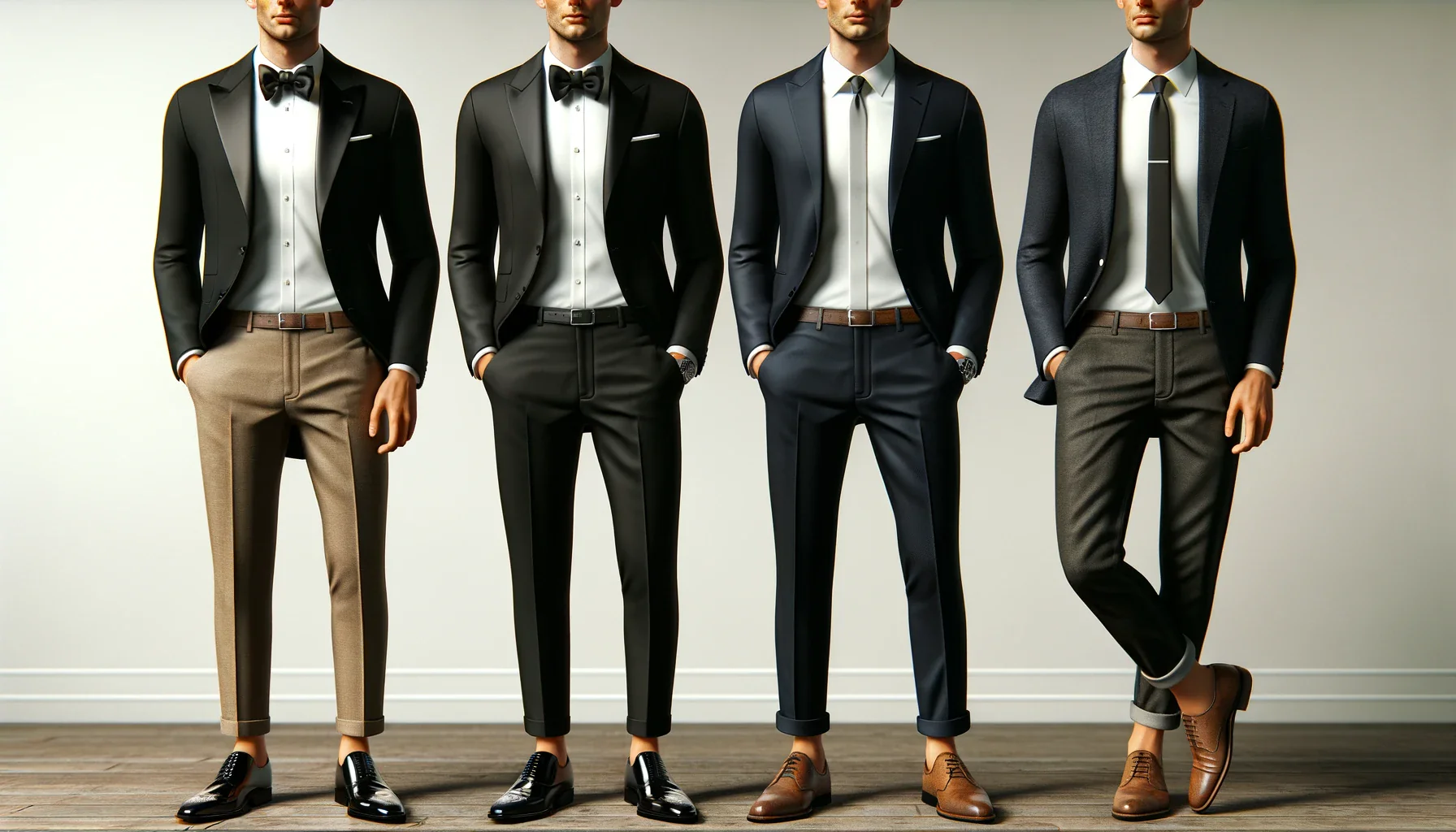Clothing is one of the most prominent methods by which cultures communicate their identity, values, and social norms. Dress codes and fashion standards are subject to significant variation worldwide, frequently categorizing them into two general categories: **formal** and **functional**. These methods are indicative of distinct priorities, such as practicality, comfort, and purpose, or tradition, prestige, and appearance.
Tradition and Status: Formal Dress Codes
Social etiquette, cultural iconography, and polished appearance are the primary objectives of formal attire codes. They are frequently encountered in a variety of contexts, including business, religious events, ceremonies, and official events.
**Principal characteristics of ceremonial attire:**
* * **Structured garments:** Tailored apparel with precision cuts, including suits, ties, and costumes.
* **Strict regulations:** Specific colors, accessories, and fashions may be necessary.
* **Cultural Significance:** Traditional attire frequently signifies one’s heritage and identity.
* **Social Signaling:** Respect, professionalism, or status may be conveyed through the use of formal attire.
For instance, in numerous Western nations, the donning of a black-tie ensemble to an event or a suit to work is indicative of respect and professionalism. In the same vein, formal attire for business and social events is prescribed in countries such as Japan and South Korea to preserve harmony and demonstrate respect.
Traditional formal attire, including the Indian sari, the Scottish kilt, and the Malaysian baju kurung, is frequently associated with profound cultural significance and is worn during significant life events or festivals.
Functional Dress Codes: Comfort and Practicality
Ease of movement, protection, and adaptability to daily duties and the environment are highlighted in functional dress. This method is particularly prevalent in cultures where clothing choices are influenced by climate and lifestyle, for example, casual settings, outdoor activities, and manual labor.
**Functional dress’s primary attributes:**
* **Durability and comfort:** Clothing is engineered to provide durability, permeability, and adaptability.
* **Simplicity:** Designs that are minimalistic in nature and feature fewer accessories or embellishments.
* **Climate-adapted:** Layered apparel in frigid regions, lightweight fabrics in hot regions.
* **Utility-oriented:** Common features include protective elements, compartments, and moisture-wicking fabrics.
For example, in numerous ASEAN nations, individuals opt for loose, breathable clothing to mitigate the tropical heat, while in rural regions worldwide, garments are selected for their durability and simplicity of repair.
Functional dress is also evident in contemporary employment, such as uniforms, safety gear, or casual office attire, where practical requirements prevail over stylistic considerations.
The Harmony of Formal and Functional
Depending on the situation, the majority of individuals alternate between formal and functional attire. In meetings, a professional may opt for a tailored suit, while at home or during leisure, they may opt for comfortable casual attire.
In certain cultures, the two are combined:
* Fashion designers develop collections that integrate comfort and style. * Conventional attire may be modified for everyday use. Dress codes are subject to change as technology and social norms evolve.
In conclusion,
The dynamic interplay between cultural values, social roles, and practical requirements is reflected in dress codes and fashion standards. Formal attire conveys respect, identity, and status, while functional attire guarantees comfort and adaptability to daily life.
Appreciating the diversity of human expression through clothing is facilitated by the recognition of these differing approaches. It serves as a reminder that the clothing we choose to wear is as indicative of our identity and origins as it is of our destination.

Leave a Reply